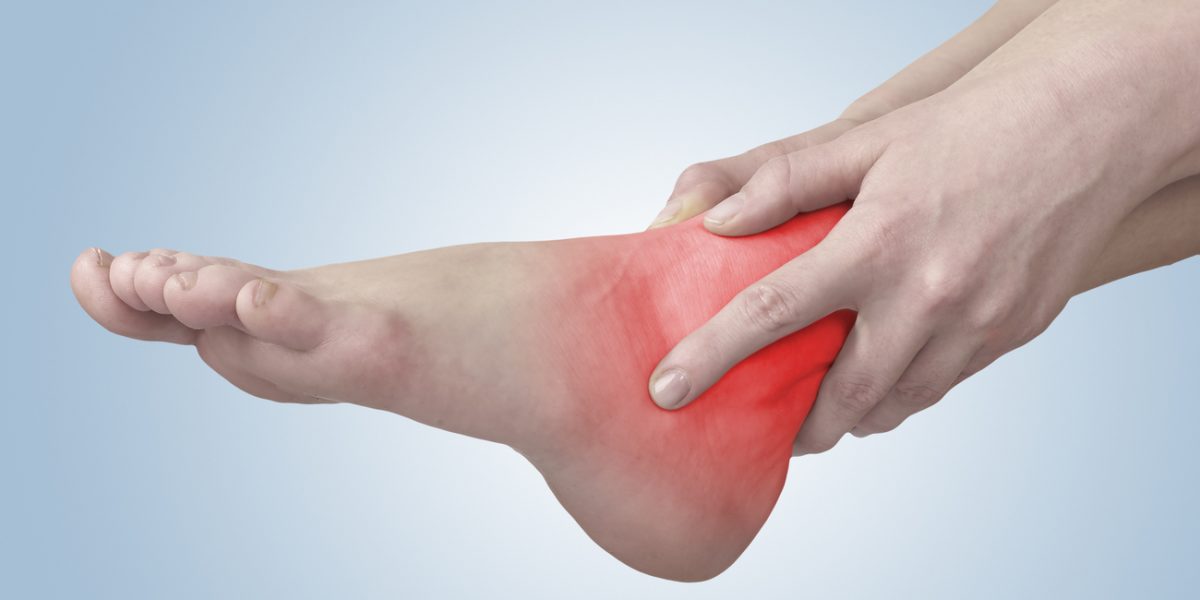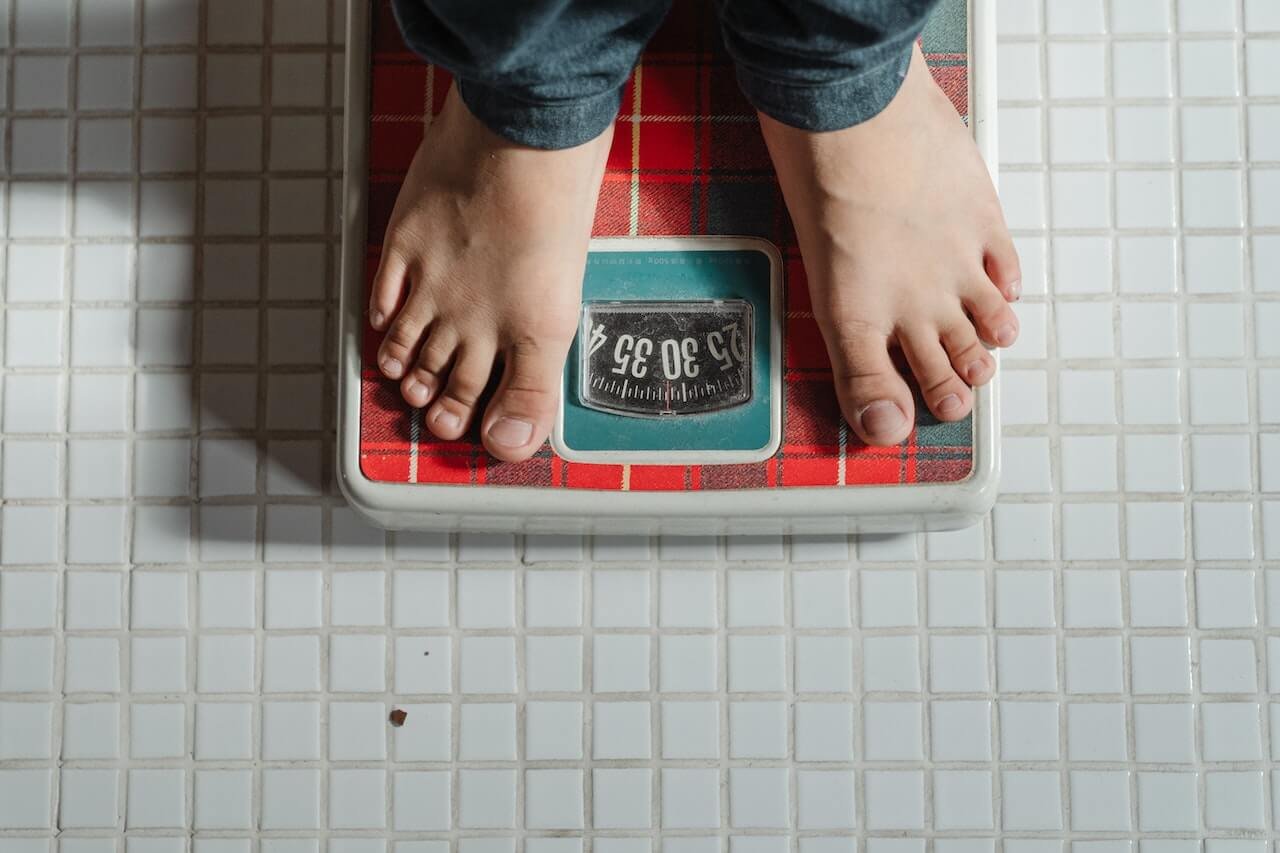Discomfort in the ankles might make it difficult to move around and go about regular tasks. It might be difficult to obtain relief from ankle discomfort, whether from a sprain, strain, or chronic condition.
The good news is that you can attempt a number of easy and efficient home remedies to lessen the pain and stiffness in your ankle.
There are several all-natural ways to ease your aching ankles, such as massage, stretches, exercises, and dietary modifications.
The greatest home remedies for ankle pain alleviation will be discussed, along with advice on how to use them safely and successfully.
RICE Method
1. What is the RICE method (Rest, Ice, Compression, Elevation)
The RICE approach is commonly used to treat sprains, strains, and bruises. RICE is an acronym for rest, ice, compression, and elevation. It is the goal of the RICE protocol to reduce localized edoema, pain, and inflammation in order to facilitate healing and stop the injury from worsening.

- Rest: Reducing the body’s activity and letting the wounded area rest is essential for recovery. Immobilizing the injured area and refraining from doing anything that could make the injury worse is part of this process.
- Ice: Pain, edoema, and inflammation can all be alleviated by using ice on an injury. As a bonus, it helps prevent future tissue injury by narrowing blood vessels and cutting off blood supply to the area.
- Compression: An elastic bandage or compression wrap can be used to compress and support an injured area, hence reducing swelling. It may also ease discomfort and make movement easier.
- Elevation: By allowing excess fluid to drain away from the injured area, swelling is reduced when the affected area is elevated above the level of the heart. As a bonus, it boosts local circulation, which speeds healing.
2. How to Use RICE on a Sprained Ankle: Step-by-Step Instructions
Here are the specific steps to take in order to apply the RICE method to your aching ankle:
- Rest: The injured party should immediately desist from any further risky behavior and refrain from putting any weight on the injured ankle. Relax with your ankle elevated by sitting or lying down.
- Ice: After an injury, use an ice pack on the sore spot for 20 minutes every two to three hours for the first 48 to 72 hours. A cold compress or ice in a towel can be used for this purpose. Applying ice directly to the skin can cause frostbite, and using it for longer than 20 minutes at a time is not recommended.
- Compression: From the toes up, encase the afflicted ankle in an elastic bandage or compression wrap. Take care to ensure a comfortable fit between how loose or tight the wrapping is. Wear the wrap for at least 24 hours, preferably 48, or until the swelling has gone down.
- Elevation: Make sure your foot is slightly above your heart at all times. If you need to rest with your ankle elevated, a pillow or other support will do the trick.
3. Advice on Making Optimal Use of the RICE Method
- Reduce swelling and speed up the healing process by immediately beginning the RICE method.
- Wrap ice in a towel or other fabric to keep it from touching your skin directly.
- Don’t apply pressure that’s too great, as this can cause the blood supply to the area to be cut off.
- For the first 24 to 48 hours after an injury, keep the injured area elevated at all times.
- Seek medical attention if the injury does not improve or worsens.
Essential Oils
1. Using Essential Oils for Pain Relief
Essential oils are highly concentrated extracts of plants, and they have been used for centuries for their medicinal properties, which include relieving pain. Some of the active ingredients in essential oils are known to have anti-inflammatory, anti-pain, and anti-soreness effects.
Essential oils, whether applied topically or inhaled, can be an effective and all-natural pain reliever.
2. How to Use the Top 3 Essential Oils for Ankle Pain
The menthol in peppermint oil has been used for centuries for its soothing and painkilling effects. Pain and swelling in the ankle may find relief with this. Ankle massage using a mixture of 2-3 drops of peppermint oil diluted in a carrier oil like coconut oil.
The lavender essential oil has been used for centuries as a natural painkiller and relaxant. For best results, dilute a few drops of lavender oil with a carrier oil and massage it into your ankles. You can also add a few drops to a warm bath and soak your feet in there for 15 to 20 minutes.
The anti-inflammatory properties included in eucalyptus essential oil make it useful for treating pain and swelling. To use, either add a few drops of eucalyptus oil to a bowl of hot water and inhale the steam for 5-10 minutes or dilute 2-3 drops in a carrier oil and massage onto the foot.
3. Safety Guidelines for Essential Oils
- Essential oils should never be applied directly to the skin without first being diluted in carrier oil. Itching, rashes, and other skin responses have been reported after using undiluted essential oils.
- To guarantee the safety and efficacy of essential oils, only use pure, high-quality oils.
- Before utilizing a new essential oil, be sure you haven’t developed any allergies by performing a patch test.
- Essential oils are highly concentrated and should not be ingested without the supervision of an aromatherapist or medical specialist.
- Essential oils are toxic and should be stored where children and animals can’t get to them.
- Never use essential oils unless directed to by a medical professional if you are pregnant or nursing.
- Never use essential oils undiluted or in concentrations higher than what is suggested.
Herbal Remedies
1. How Certain Herbs Can Help With Pain Relief
Pain treatment is just one of many traditional uses for herbs. Herbal medicines have been used for centuries because of the inherent painkilling, anti-inflammatory, and muscle-relaxing chemicals found in many plants. Certain plants, when applied locally or consumed orally, can help alleviate pain.
2. How to Use the Top 3 Herbal Ankle Pain Cures
Arnica: Inflammation and pain are treated by arnica. It reduces ankle pain and edoema with chemicals. Arnica creams, gels, or essential oils can be used on the ankle.
Ginger: Ankle discomfort and swelling can be alleviated with the use of ginger, a natural anti-inflammatory herb. Preparation entails brewing a tea from the fresh ginger root by steeping it in boiling water for 10 to 15 minutes; use as directed by drinking 2 to 3 cups daily. Another option is to massage the ankle with a mixture of grated fresh ginger and carrier oil.
Turmeric: Curcumin, a chemical found in the spice turmeric, is known to have anti-inflammatory effects. If you suffer from ankle pain or swelling, this may be a good option for you. Two to four teaspoons of turmeric powder can be mixed with a warm beverage like milk or water and consumed twice daily.
3. Using Herbal Treatments Safely
- Try to find and utilize only the highest quality herbs from reliable suppliers.
- Before using any herbal medicines, especially during pregnancy, when breastfeeding, or if you have any preexisting medical concerns, it is recommended that you speak with a healthcare practitioner or qualified herbalist.
- Do not take herbs in excess of the specified dosage and always read and obey all labels.
- Take into account the possibility of adverse reactions and drug combinations.
- Never try to treat yourself with herbs instead of seeing a doctor.
- Herbs should be kept out of the light and in a cold, dry place.
- Herbs should be stored where children and dogs can’t get to them.
- If you have an allergic reaction to a herbal remedy or if your symptoms increase while taking a herbal remedy, you should stop using that remedy immediately.
Exercises and Stretches
1. Stretching and Exercise Techniques for Relieving Painful Ankles
Ankle discomfort can be eased with the use of exercises and stretches aimed at building muscle and increasing the range of motion in the ankle joint. Inflammation is thereby reduced, healing is facilitated, and further injury is prevented. Ankle pain and discomfort can be reduced with exercise and stretching, which increases blood flow and range of motion, respectively.
2. Top 3 Ankle Pain Exercises and Stretches
Ankle circles: Place your legs out in front of you and sit on a chair or the floor. Start with small circles and work your way up to larger ones as you slowly rotate your ankle. 10 to 15 revolutions in each direction are recommended.
Calf raises: Raise up on your toes from a standing position with your feet shoulder-width apart. Do 10-15 reps, and then, as your strength improves, increase to as many as you can.
Seated heel stretch: Spread your legs out in front of you while you sit on the floor. Keep your knee straight while you wrap a cloth or strap over your foot’s ball and pull it towards you. 15-30 seconds, then switch sides and repeat.
3. Exercise with a Painful Ankle: Safety and Tips
- If you have a history of ankle injuries or persistent pain, you should talk to a doctor before beginning any new exercise or stretching regimen.
- Start out easy and build up your strength and flexibility to increase the intensity and duration.
- Stay away from any stretches or movements that make your ankle hurt.
- Put on a pair of shoes that will support your arches and provide some cushioning.
- If your doctor suggests wearing a wrap or brace while you exercise, do so.
- Reduce swelling and pain by icing the ankle after activity or stretching.
- If you encounter any severe pain or discomfort in the ankle, you should immediately stop exercising and seek medical attention.
Other Home Remedies
1. Supplements and diet changes are some home cures for ankle pain
Epsom salt soak: Magnesium, which is found in Epsom salt, helps ease inflammation and help you unwind. Soak your ankle in a warm bath with one to two cups of Epsom salt for 15 to 20 minutes.
Omega-3 fatty acids: Omega-3 fatty acids help reduce pain and swelling since they are natural anti-inflammatory agents. Eat fatty fish like salmon, take a fish oil supplement, or add flaxseeds and chia seeds to your diet to improve your omega-3 consumption.
Vitamin C: Anti-inflammatory and health-boosting, vitamin C is a powerful antioxidant. You can boost your vitamin C levels by eating more vitamin C-rich foods or by taking a vitamin C supplement.
2. Use These Medicines Safely
- If you are pregnant, breastfeeding, or have any preexisting medical conditions, you should talk to your doctor before making any major changes to your diet or using any supplements.
- Take into account the possibility of adverse reactions and drug combinations.
- To get the most out of your supplements and new eating habits, make sure you read and adhere to dose recommendations.
- Vitamins and other supplements should be stored safely and securely, away from the reach of children and dogs.
- Extreme heat or cold can cause permanent skin damage or worsen inflammation, so use caution while applying these treatments.
- Don’t use anything on your ankle if you’re worried about pain or discomfort.
- If the discomfort in your ankle persists or worsens, or if you encounter any other symptoms or consequences, you should consult a doctor.
When to Seek Professional Help
1. When to See a Doctor for Ankle Discomfort
Although modest ankle pain is usually manageable with rest and self-care, there are times when professional medical help should be sought. It is advised that you get medical help when one of the following occurs:
- Extreme discomfort that cannot be eased by sitting still, applying ice, or taking over-the-counter pain relievers
- Pain severe enough to prevent normal daily activities or restrict movement
- Discomfort caused by persistent swelling or bruises that have not gone away after a few days
- One cannot bear weight on the injured ankle.
- Achilles tendonitis, often known as Achilles tendon pain,
- Sensation loss or pain that travels down one or both legs
- Symptoms of the infection in the ankle, including fever
2. Signs of a More Serious Injury or Condition
Discomfort in the ankles may indicate a more serious underlying problem. When you have pain in your ankle, there are a few things to look out for that could indicate a more serious injury or condition.
- An audible explosion or crack when the injury occurred
- Ankle abnormality is characterized by a distorted or distorted look
- Extreme bruising and/or swelling
- Having no ankle motion at all
- Constant or worsening ankle discomfort
- Sensational deficits in the toes and/or feet
- Symptoms of illness, such as a high temperature
In the case that you suffer any of these symptoms or are concerned about your ankle pain, you should consult a doctor as soon as possible to rule out the possibility of more serious injury or repercussions.
- RICE Method:
- American Academy of Orthopaedic Surgeons: https://orthoinfo.aaos.org/en/recovery/r-i-c-e-protocol-for-acute-injuries/
- Essential Oils:
- National Association for Holistic Aromatherapy: https://naha.org/explore-aromatherapy/about-aromatherapy/how-to-use-essential-oils/
- Herbal Remedies:
- University of Maryland Medical Center: https://www.umm.edu/health/medical/altmed/herb/arnica
- Other Home Remedies:
- Medical News Today: https://www.medicalnewstoday.com/articles/320093#epsom-salt
- Healthline: https://www.healthline.com/nutrition/vitamin-c-benefits












